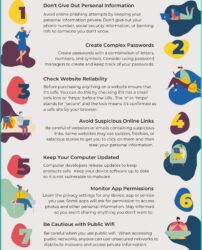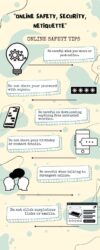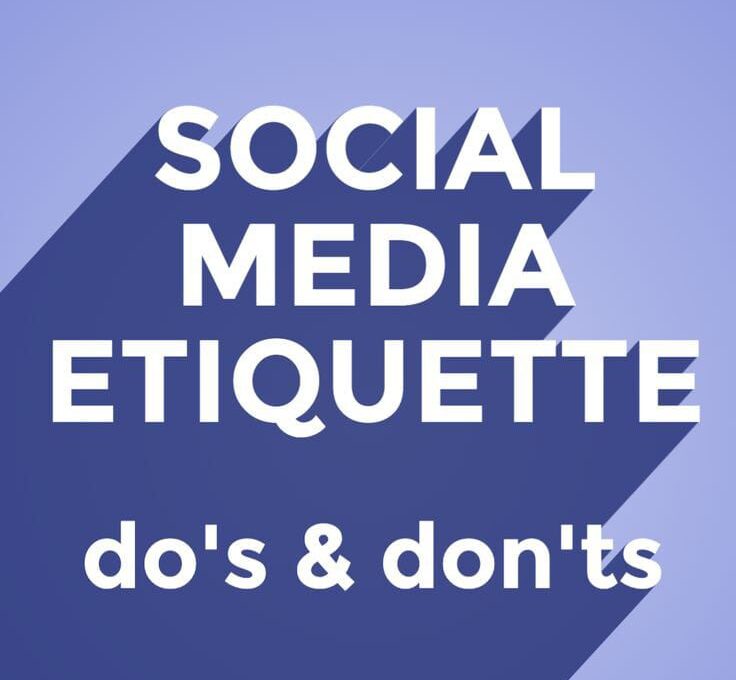“Social Media Safety for Women: Protecting Yourself Online”

Safe Social Media Practices for Women:
Social media is a powerful tool that allows women to express themselves, connect with others, and explore opportunities. However, it’s essential to use these platforms with caution to ensure a safe and empowering online experience. Here are some key practices to help women protect themselves on social media.
Why Women Should Prioritize Social Media Safety:
- The Unique Risks Women Face Online;
Women often face targeted harassment, cyberstalking, and inappropriate attention on social media. Predators may exploit shared information, while cybercriminals may attempt identity theft or phishing attacks. By understanding these risks, women can take proactive steps to secure their online presence.
- Importance of Taking Control of Your Digital Security;
Online safety is about empowerment. Protecting yourself on social media helps you maintain control over your personal narrative, avoid harmful situations, and ensure your digital interactions remain positive and fulfilling.
Protecting Your Personal Information:
- Avoid Sharing Sensitive Details Online;
It’s crucial to avoid posting sensitive details like your phone number, address, or daily routine. Even sharing your workplace or frequent hangout spots can put you at risk. Predators and scammers often misuse such information to target women.
- Creating Strong Passwords and Enabling 2FA;
Use strong, unique passwords for each account, combining letters, numbers, and symbols. Enabling two-factor authentication (2FA) adds a critical layer of security, requiring a second step—like a code sent to your phone—to access your accounts.
- Using Private Accounts and Restricted Settings;
Switch your social media profiles to private and review follower requests carefully. Platforms like Instagram and Facebook allow you to limit who can see your posts, stories, and personal details. Customize privacy settings to restrict unwanted access.
Recognizing and Avoiding Online Threats:
- Identifying Cyberstalking and Harassment ;
Cyberstalking involves persistent, unwanted attention online. Warning signs include repeated messages, obsessive commenting, or attempts to track your activity. Document such behavior and report it to the platform and, if necessary, law enforcement.
- Avoiding Phishing Scams and Fake Profiles;
Be cautious of unsolicited messages or friend requests, especially from suspicious or incomplete profiles. Scammers often impersonate others to extract personal information. Verify profiles before engaging with them, and avoid clicking on suspicious links.
- Navigating Malicious Links and Apps;
Malicious apps and links can compromise your data or install malware. Stick to official app stores and avoid downloading apps from unverified sources. Always check reviews and permissions before installing.
Managing Your Digital Reputation:
- Building a Positive Online Persona;
Your online presence reflects who you are. Post content that aligns with your values, avoids controversy, and maintains a professional yet relatable tone. This not only helps protect your reputation but also deters unwanted attention.
- Regular Privacy Audits of Social Media Accounts;
Review your account settings and privacy options regularly. Platforms often update their policies, which may change the visibility of your data. Adjust your settings to keep your information secure.
- Monitoring and Controlling Your Digital Footprint;
Search your name online to identify publicly available information about you. Request removal of outdated or harmful content where possible, and be mindful of what you post moving forward.
Maintaining Safe Online Interactions:
- Avoiding Oversharing with Strangers;
While social media encourages connection, oversharing can make you vulnerable to scams or predators. Be selective about what you share, especially with people you don’t know personally.
- Blocking and Reporting Harassment;
If you experience harassment, don’t engage. Use platform tools to block the user and report their behavior. Most platforms have zero-tolerance policies for abuse and will act on credible reports.
- Handling Inappropriate or Unwanted Attention;
Set clear boundaries with those who cross the line. If someone continues to make you uncomfortable, use tools like muting or restricting their account to minimize interactions.
Educating Women About Social Media Safety;
- Teaching Young Women and Girls About Online Security;
Young women and girls are often unaware of online risks. Educate them about safe practices, such as avoiding public profiles, recognizing phishing attempts, and understanding the importance of digital boundaries.
- Sharing Tips with Fellow Women in Your Network
Empower other women by sharing your knowledge about social media safety. Discussing personal experiences and offering practical advice can help others navigate online spaces confidently.
Additional Tips for Women’s Safety on Social Media:
- Using Temporary Emails for Online Sign-Ups;
When registering for platforms or contests, use temporary email addresses to avoid spam and minimize exposure to potential breaches.
- Avoiding Public Geotags and Check-Ins;
Sharing your location in real time can reveal your movements to strangers. Delay posting about events or trips until after they’ve ended, and disable geotagging on your posts.
- Installing Security Apps for Extra Protection;
Apps like password managers, VPNs, and antivirus software add layers of security to your devices, ensuring safer online interactions.

Conclusion:
Social media can be a powerful tool for women when used wisely. By prioritizing safety, managing personal information, and fostering positive interactions, women can protect themselves from harm while thriving in the digital world. Stay vigilant, take control of your privacy, and empower others to do the same.
FAQs:
- How can I ensure my social media accounts are secure?
Enable two-factor authentication, use strong passwords, and regularly review your privacy settings to keep your accounts safe.
- What should I do if I experience online harassment?
Block the harasser, report their behavior to the platform, and document incidents for evidence if legal action becomes necessary.
- Is it safe to share my location on social media?
Avoid sharing your real-time location. Posting about your whereabouts after leaving a location is safer.
- How can I protect my digital footprint?
Search your name regularly, delete unnecessary content, and use privacy settings to control what others see about you online.
- Should I accept friend requests from people I don’t know?
It’s best to avoid accepting requests from strangers. Verify their profile and mutual connections before engaging.


